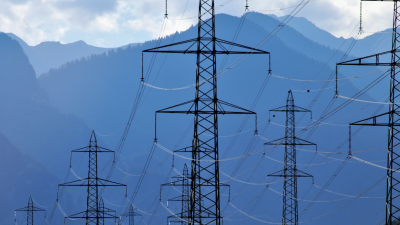

Saving energy costs in school buildings and construction is an important feature of Carbon Free And Healthy Schools. Energy costs are second only to salaries for public school districts. U.S. schools use approximately $8 billion in energy every year. Cutting energy costs frees up valuable resources for education.

Poor air quality impacts student performance. Students—disproportionately young people of color—miss approximately 14 million school days per year due to asthma caused by polluted air. Improving indoor air quality through HVAC upgrades and remediation of hazards such as mold and asbestos, potentially in the course of building weatherization, benefits public health, improves student focus and learning outcomes, and reduces teacher and student absenteeism.

Energy efficient schools can have a significant impact on the mental health of students, teachers, and staff. Studies have shown that students who learn in well-lit and well-ventilated classrooms are more engaged and motivated to learn. Energy-efficient schools not only reduce energy consumption but also improve the quality of the indoor environment.

School construction creates living wage construction jobs. Those jobs benefit local workers in the communities where projects are located. An industry-wide approach to decarbonization ensures workers have sustainable careers, not just temporary jobs. This supports workforce development.

Net-zero schools set the standard. Connecticut’s first net-zero schools are in Mansfield and Manchester. There are more than 90 K-12 schools spread across 20 states plus DC that are either verified or emerging as net-zero buildings. Check out this interactive map of school districts with carbon-neutral goals.

Schools are massive consumers of energy and therefore responsible for significant greenhouse gas emissions. Net-zero schools set the standard. Connecticut’s first net-zero schools are in Mansfield and Manchester. There are more than 90 K-12 schools spread across 20 states plus DC that are either verified or emerging as net-zero buildings. Check out this interactive map of school districts with carbon-neutral goals.
Watch Climate Jobs National Resource Center Carbon Free And Healthy Schools informative webinar. Moderator: Nikki Budzinski, Advisor, Climate Jobs National Resource Center Joseph Bryant, President, Service Employees International Union, Local 1021 (SEIU) Seanelle Leesang, Science Teacher, IS 68 Brooklyn, United Federation of Teachers (UFT) JP Patafio, Bus Operator/VP Transportation Workers Union Local 100 (TWU) & Climate Jobs NY Anil Singh, 2021 NYC public schools graduate, Sunrise Movement member Justin Thompson, Senior Policy Analyst, National Education Association (NEA) Gina Walsh, Deputy Director of Heat and Frost Insulators Cooperative Trust & Climate Jobs Illinois Executive Board.

Questions about the Carbon-Free & Healthy Schools initiative may be directed to [email protected].
Please direct media inquiries to Sydney Barnwell at [email protected].
© 2022 Connecticut Roundtable on Climate and Jobs. All Rights Reserved. | contact | privacy policy